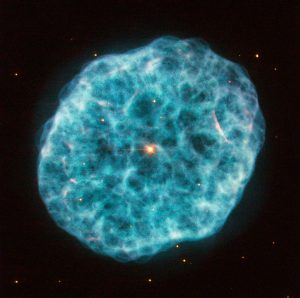Nebulosa planetaria
Il Ragno Rosso
Una perla preziosa in NGC 1501
Questa immagine del telescopio Hubble mostra NGC 1501: soprannominata in modo appropriato Nebulosa Ostrica, si trova a circa 5000 anni luce di distanza dalla Terra, nella costellazione della Giraffa. Continua a leggere
Momenti di gloria
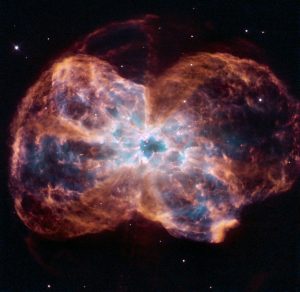
Questa immagine, uno degli innumerevoli gioielli cosmici ripresi dal telescopio Hubble, mostra l’ultimo, colorato momento di gloria di una stella simile al Sole. Continua a leggere
Hubble rileva giganteschi “proiettili” sparati da una stella
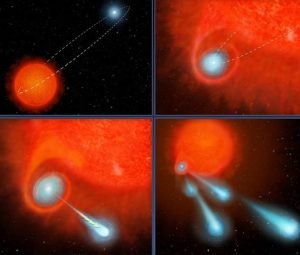
Il telescopio Hubble ha rilevato gigantesche bolle gassose estremamente calde espulse nei pressi di una stella morente, ormai negli stadi finali della sua esistenza. Continua a leggere
Bracci di spirale per una planetaria
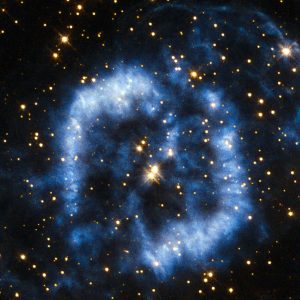
I due bracci di spirale che si dispiegano dal centro di questa spettacolare immagine potrebbero far pensare ad una galassia. Ma questo oggetto è di natura diversa: PK 329-02.2 è una nebulosa planetaria all’interno della Via Lattea. Questo che osserviamo è l’ultimo respiro di una stella morente. Continua a leggere
Hubble – The Ghostbuster
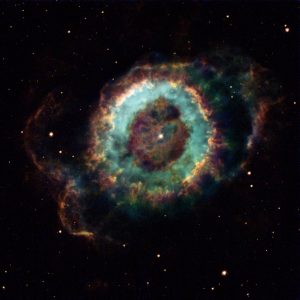
Il telescopio spaziale Hubble ha ripreso un colorato fantasma cosmico, i resti incandescenti di una stella morente chiamata NGC 6369. Questa brillante apparizione è nota agli astrofili come Nebulosa Piccolo Fantasma (Little Ghost Nebula), perché appare come una piccola nube spettrale ed evanescente che circonda una debole stella centrale. Continua a leggere
Il cuore brillante di Messier 15
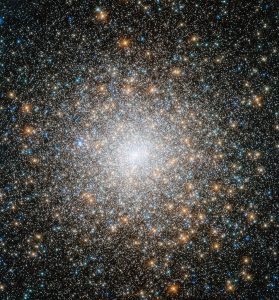
Questo ammasso stellare è conosciuto come Messier 15 e si trova a circa 35.000 anni luce di distanza nella costellazione di Pegaso. Si tratta di uno dei più antichi ammassi globulari conosciuti, con un’età di circa 12 miliardi di anni. Continua a leggere
Viaggio cosmico di una nebulosa a forma di farfalla
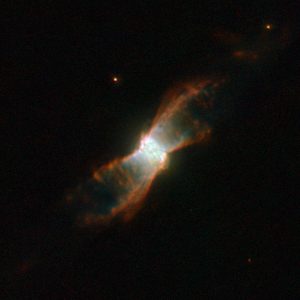
Il telescopio Hubble ha immortalato un’affascinante nebulosa planetaria, simile ad una delicata farfalla, denominata NGC 6881.
Situata nella costellazione del Cigno, è formata da una nube interna, che si estende per circa un quinto di anno luce, e da “ali” simmetriche che si espandono per circa un anno luce da un’estremità all’altra. La simmetria potrebbe essere dovuta ad una stella binaria nel centro della nebulosa. Continua a leggere

